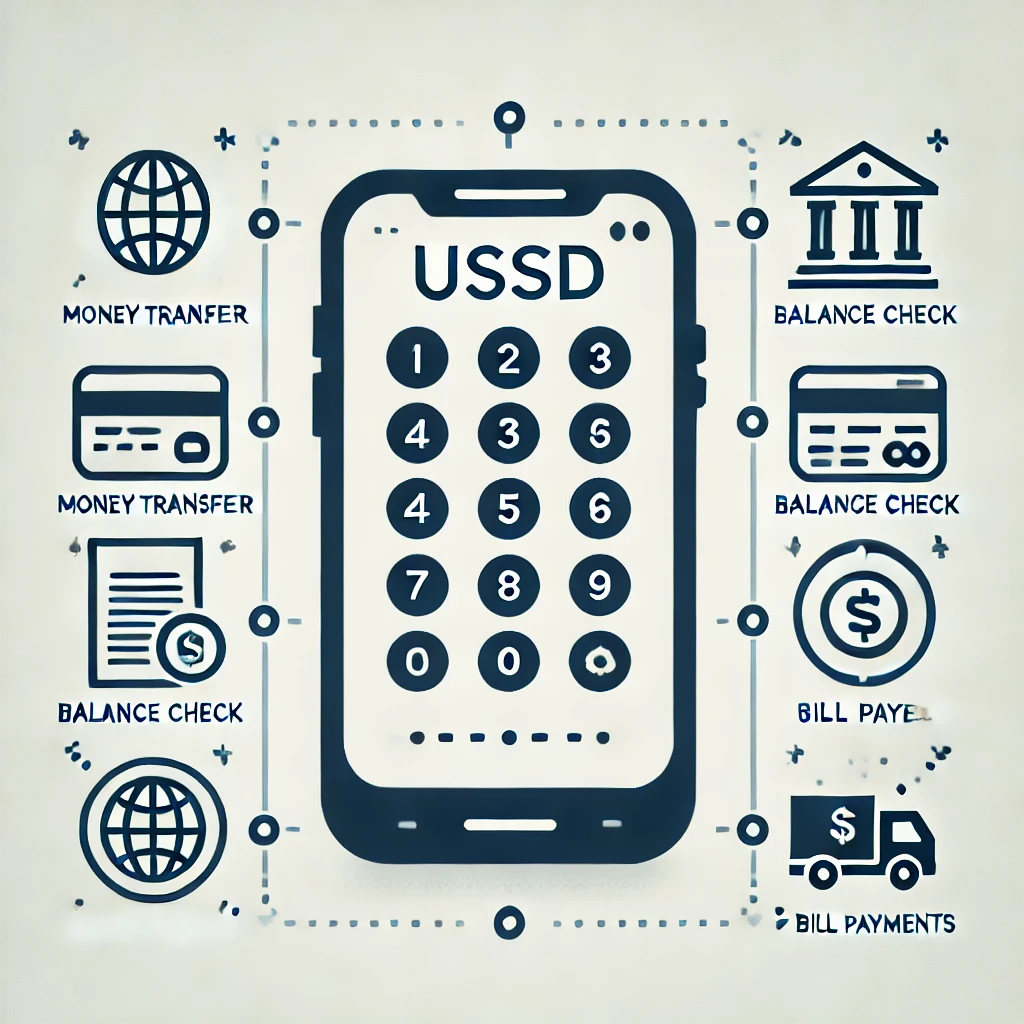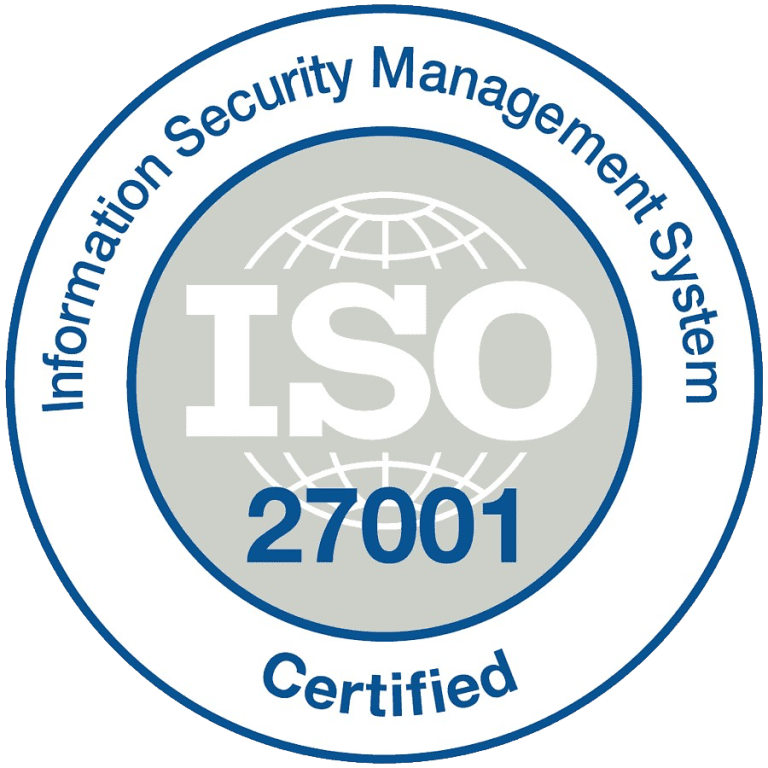Is USSD for banking impactful? Unstructured Supplementary Service Data (USSD) is often linked to basic tasks like checking account balances or recharging prepaid credits.
This might be a daily challenge for many, especially when internet access is limited and smartphones are rare. Yet, even though advanced technology is out of reach, financial services should still be available. USSD changes that.
USSD is more than just its usefulness; it is a game-changing technology for financial services that allows users to check balances, transfer money, and pay bills directly from their phones, breaking down long-standing barriers that have kept many people from accessing financial services.
This technology is opening up banking access to those in remote areas, making financial inclusion, and giving way to new opportunities where there were previously none. This article will show how USSD is reshaping banking and finance.
Why the need for USSD banking?
When you get a phone in many African countries, you quickly learn how to use USSD codes to top up your credit, buy data, or choose a new call plan.
USSD has become so common that many people might only know what banking is with this simple technology. However, if you ask someone what USSD stands for, they might need clarification. It is essential to understand where USSD came from, how it works, and why it is still important today.
To understand USSD, it is important to go back to 1987 when the Global System for Mobile Communications (GSM) was developed in Europe.
Standards or “traffic rules” were needed to keep things running smoothly, which Europe set with GSM, while the US and Russia chose CDMA. USSD in the banking sector allows you to communicate directly with your service provider using simple codes.
Before, a code like *556# would only work on one network, but now it is more standardized. When you use a USSD code for banking, your network provider directs your request to the bank.
For example, dialing *5573# tells the provider it is a Moniepoint code, which is then sent to Moniepoint. Once you dial the code, the system shows you options like transferring money or buying airtime, and you choose what you want to do from there.
USSD helps people who do not have access to smartphones. For many, owning a smartphone is impossible, but USSD allows them to use banking services if they have a basic phone. Even for those with smartphones, USSD is a quick and simple way to manage banking tasks.
Using USSD for new ideas
Even though mobile apps and Internet banking are popular, USSD has special benefits that can improve these services. USSD works well with other banking methods, helping banks reach more people with different tech needs and preferences.
By combining USSD with existing services, banks can offer more options and create new ways for people to manage their money. This mix of technologies leads to fresh ideas and better service for everyone.
It makes banking more accessible to those who might not have the latest gadgets or reliable internet, ensuring that more people can take advantage of financial services. USSD’s simplicity and ease of use help drive these innovations and make banking services more inclusive.
7 Ways USSD is revolutionizing the banking and finance sectors.
The unassuming technology known as USSD is making financial services more accessible, affordable, and user-friendly, bridging gaps in connectivity and opening new opportunities for millions. Here’s how USSD is revolutionizing these industries:
Enhanced financial inclusion
USSD is opening up new possibilities for people in places where internet access is a luxury. Working on basic mobile phones allows those with limited or no internet connectivity to access crucial financial services.
Whether checking account balances, transferring money, or paying bills, USSD makes these tasks possible for millions who otherwise might be excluded from the banking system.
This means that even the most remote communities can now interact with financial institutions and manage their finances more effectively. It breaks down the barriers that have traditionally kept people in underserved areas from accessing essential banking services.
By making these services available through simple text commands, USSD ensures that anyone with a regular mobile phone can handle their financial needs without needing advanced technology or a stable internet connection.
Budget-friendly solutions
One of the biggest advantages of USSD is its cost-effectiveness. Securing USSD services is much cheaper for banks and financial institutions than creating mobile apps or maintaining complex online systems.
This affordability allows financial institutions to reach a broader audience, including those needing access to high-tech devices or reliable internet connections.
It is a practical solution that stretches resources further and makes financial services more accessible. USSD transactions are often more affordable than data-driven alternatives for users.
Since USSD does not rely on internet data, the cost for users is typically lower, encouraging more people to engage with banking services. This cost-saving aspect makes financial services more inclusive and boosts user adoption and satisfaction.
Present-day transactions
USSD excels at delivering instant results, a significant advantage in financial transactions. Users can quickly check their balances, transfer funds, and pay bills without waiting for processing delays.
This immediacy is crucial for people who need to manage their finances on the go or respond quickly to financial needs. The actual nature of USSD means users get immediate confirmation of their transactions.
This instant feedback helps build trust in the service, as users can verify that their transactions have been completed successfully and avoid any potential errors or issues.
User-friendly experience
One of the standout features of USSD is its simplicity. The text-based menu system is straightforward and easy to navigate, even for those who may not be tech-savvy.
It makes it accessible to many users, from those new to digital banking to those who have never used advanced technology. USSD also does not require high-spec devices or expensive data plans, which is a significant advantage.
It operates on basic mobile phones, making banking services available to people who may not own smartphones or have access to high-speed internet.
Increased security
USSD provides a crucial level of security for financial transactions. Operating in a session-based environment helps reduce the risk of data breaches compared to internet-based systems.
This means that users can carry out their transactions with greater peace of mind. Banks can also enhance security by implementing additional measures like PINs or one-time passwords (OTPs) for USSD transactions. These safeguards add a layer of protection, ensuring financial operations are secure and less susceptible to fraud.
Convenience and flexibility
With USSD, financial services are available 24/7, giving users the freedom to conduct transactions whenever needed. This round-the-clock accessibility is especially beneficial for those with irregular schedules or who live in different time zones.
USSD also supports a wide range of financial services beyond basic transactions. Users can check their balances, pay bills, and even manage more complex financial activities, all from their mobile phones. The flexibility ensures that users can access comprehensive banking services without an internet connection.
Promoting innovation
USSD is not just about providing basic financial services but also about driving innovation. Technology has paved the way for new services like microloans and insurance products tailored to the needs of underserved populations.
These innovations are expanding the range of financial solutions available to people with limited options. Financial institutions also partner with mobile network operators to maximize USSD technology. These collaborations lead to the development of more integrated and user-centric financial solutions, further enhancing USSD’s impact on the banking sector.
How USSD will keep growing in the banking and finance sector
USSD will become even more valuable in banking and finance as technology advances. USSD is expected to grow beyond its current limits as more people acquire smartphones and internet access.
Its ability to work on basic phones without needing the internet makes it a reliable option for many users. USSD’s ease of use and broad reach make it an essential part of the future of financial services.
As it continues to evolve, it will play a key role in making banking services more available to everyone. This growth will help ensure that more people can benefit from financial services, even in areas with limited technology.
USSD’s impact on making banking better for everyone
USSD is making a big impact on banking and finance with its simple, low-cost approach. It is changing how people interact with their banks by providing an easy way to access financial services without needing a smartphone or internet connection.
This simplicity helps banks offer services to more people, including those in remote areas. As banks look for ways to improve their services and reach more customers, USSD stands out as a valuable tool.
It helps create a more inclusive financial system by making it easier for everyone to manage their money. USSD’s role in transforming banking and finance shows how important it is for expanding access to financial services.





